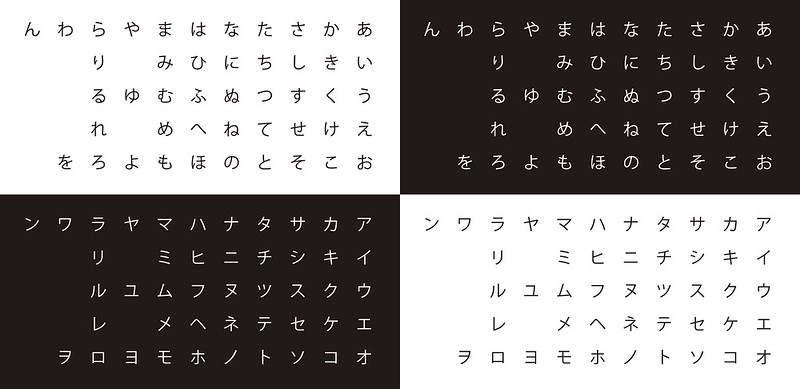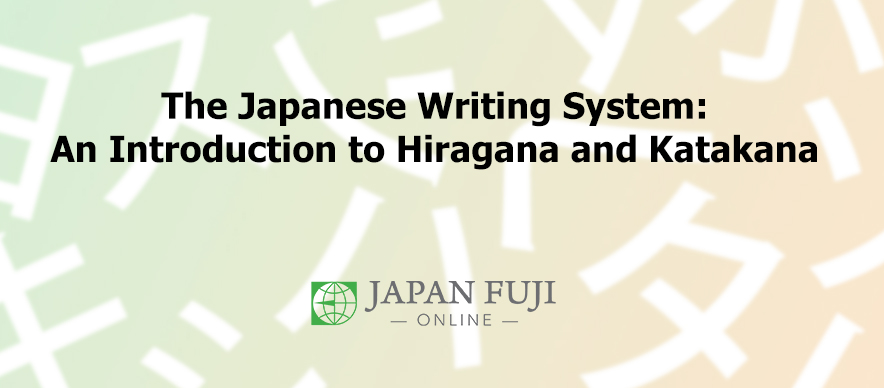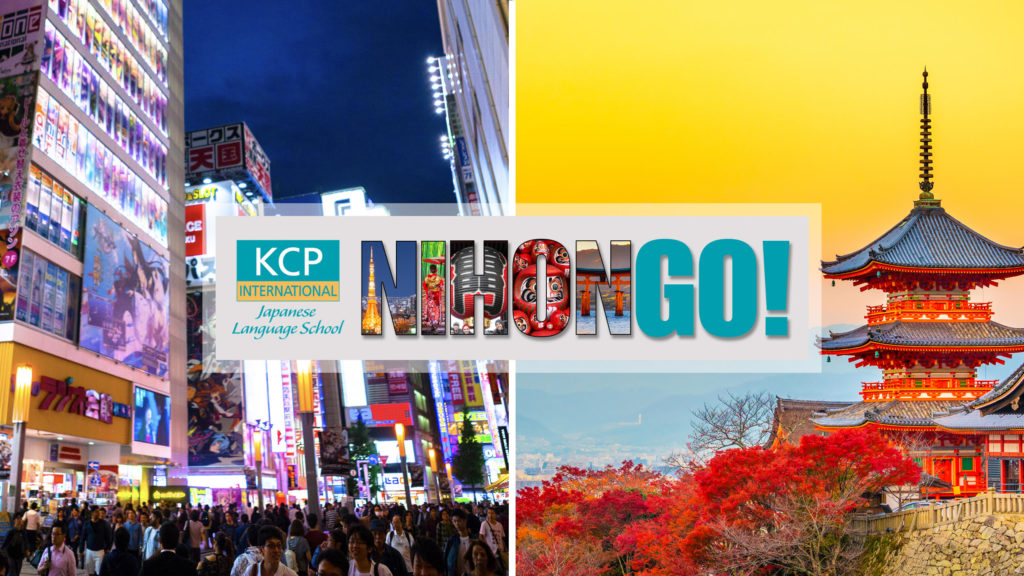
Japanese Language Basics: Katakana
Katakana and Hiragana are the first truly Japanese alphabets. They originated in the 9th century when the Japanese people wanted to create their own writing system distinct from Kanji, which was borrowed from the Chinese. Together, they are known as the kana. When viewing Japanese script, it is easy to differentiate Hiragana and Katakana from the more complex Kanji. The three together make up the Japanese writing system.
Learn its History
Katakana was developed during the Heian period as a shorthand form of sections of the manyogana characters, an ancient Chinese writing system. Recent studies showed that the kana system may have originated from the 8th century on the Korean peninsula and was introduced to Japan via Buddhist texts. However, this hypothesis is still questioned by many scholars.
The Fragmentary Kana
The word katakana means “fragmentary kana,” as the scripts are derived from components of the more complex Kanji. Katakana is used to write words borrowed from other languages, like rokka (locker), supuun (spoon), botoru (bottle), kohii (coffee), and te-buru (table).
Unlike the Hiragana system (used for Japanese words the Kanji doesn’t cover), the Katakana writing system is used for foreign language transcription into Japanese and for writing loan words, or gairaigo. Katakana is also used to represent onomatopoeia, scientific-technical terms, and the names of minerals, animals, and plants. The names of most Japanese-owned companies are also written in Katakana.
Katakana Basics
The Katakana system is usually characterized by short straight strokes and angular corners. It is the simplest of all Japanese scripts. Like Hiragana, Katakana is an alphabet made up of 46 letters beginning with the vowels A, I, U, E & O. Every group is similar to Hiragana and dictates the same pronunciation patterns.
Many Katakana letters look very similar to the ones in Hiragana but are sharper, with less curve. For instance, O is a similar shape but written with straight lines.
Katakana is also used for proper nouns that aren’t in Kanji. Western names like Phillip, Mark, Lauren, James, and Louise are written in Katakana so that they sound as close to the original pronunciation as possible. For example, Lauren would be spelled Ro-ren. The Katakana system is very helpful for foreigners visiting Japan, since it’s used not just for names but also for advertisements and foreign words that can’t be written in Kanji (e.g Amerika, Kanada).
Check out KCP’s Kana page here.
As soon as you have mastered Hiragana and Katakana, expect to have an easy start on Kanji. Start learning Japanese today!
NEW Online Course: The Japanese Writing System: An Introduction to Hiragana and Katakana
Enroll in our self-paced hiragana and katakana course by our partner, Japan Fuji, and dive into the world of kana syllabaries.
Subscribe to KCP NihonGO!, KCP’s learning channel over in YouTube and beef up your katakana, hiragana, and kanji knowledge.



